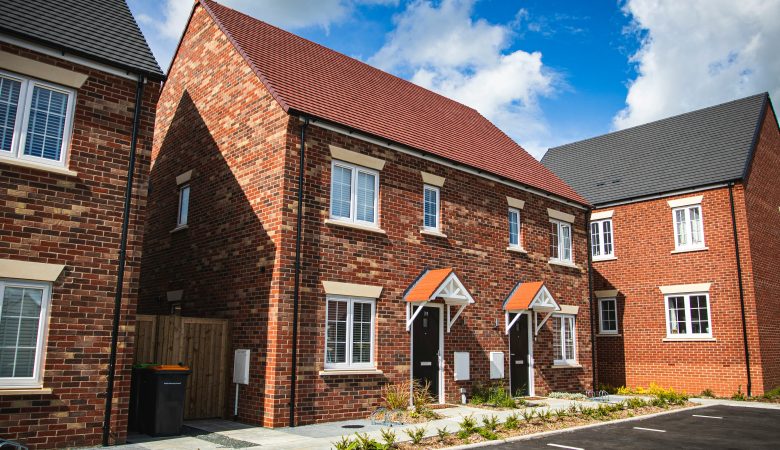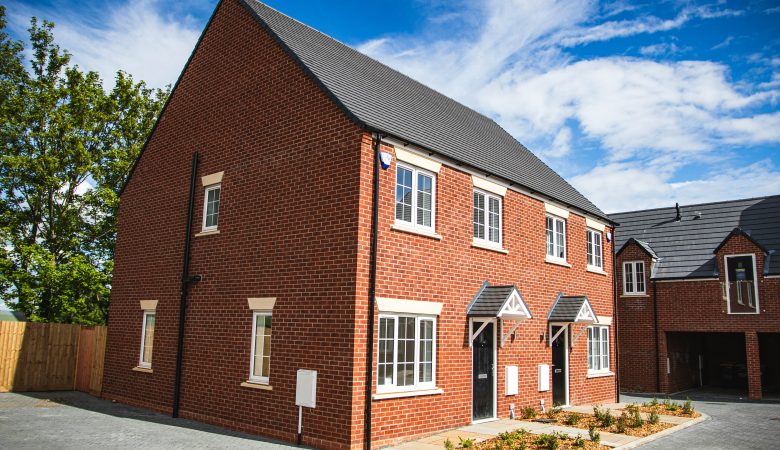Listed buildings are integral to the UK’s cultural and architectural heritage. These buildings, which are recognised for their historical, architectural, or cultural significance, are subject to strict regulations designed to protect their integrity. However, recent changes in UK building and heritage legislation have introduced new considerations for owners of listed properties, particularly for insurance. Understanding these changes is crucial for anyone who owns, manages, or is considering purchasing a listed building, as they can have significant implications for the cost and coverage of insurance policies.
Understanding Listed Buildings and Their Legal Protection
Listed buildings are classified into three categories: Grade I, the most historically significant, and Grade II* and Grade II. Being listed means that Historic England or another heritage body recognises the building as having exceptional architectural or historical value. As a result, listed buildings are subject to certain restrictions, including limitations on alterations, repairs, and the use of specific materials.
Owners of listed buildings must ensure that any work on the property complies with these restrictions, which can often involve lengthy approval processes. This protection is intended to preserve the building’s historical features and prevent any alterations undermining its value or significance. However, these regulations also introduce complexities, especially regarding insurance.
Recent Changes in Building and Heritage Legislation
Over the past few years, several key legislative changes have directly affected listed buildings, particularly concerning conservation and planning policies. One of the most notable changes has been the increased focus on energy efficiency and sustainability within historic buildings. While these updates aim to balance heritage protection with modern environmental goals, they have introduced new challenges for listed building owners, especially when meeting sustainability standards without compromising the building’s historic value.
Another significant shift in legislation relates to the stricter enforcement of planning permissions. There has been a greater emphasis on ensuring that listed buildings are maintained in their original state, with more detailed guidelines on acceptable repairs or modifications. Additionally, there are now more rigorous penalties for non-compliance with heritage protection laws, making it essential for owners to stay updated with the regulations.
These changes directly impact insurance, as they affect the cost and availability of policies for listed buildings. As the legal requirements become more complex, the potential for costly repairs and specialist restoration work increases, driving up insurance premiums.
How Legislation Affects Listed Building Insurance
The recent legislative changes have had several implications for listed building insurance, particularly regarding the increased complexity of managing these properties. One of the primary concerns for insurers is the potential for higher repair and restoration costs. Due to the need for specialist contractors, the use of specific materials, and the preservation of historical accuracy, restoring a listed building after damage or wear and tear can be far more expensive than repairing a standard property.
In response to these increased costs, insurers adjust their policies to reflect better the unique risks associated with listed buildings. Some insurers may require more detailed information about the building’s history and condition before providing coverage. In some cases, they may even require a professional valuation or a specialist survey to assess the potential cost of restoration should the building be damaged.
Additionally, the rising emphasis on sustainability and energy efficiency in recent legislation has led insurers to consider how energy upgrades may affect the building’s value and insurance needs. For instance, if an owner seeks to install modern energy-efficient systems, such as solar panels or advanced heating systems, these improvements may not always be compatible with the building’s listed status. Insurers may need to evaluate whether such changes could impact the building’s historical value or help lower energy costs in the long term.
What Owners Need to Be Aware Of
It is vital for owners of listed buildings to be aware of how these legislative changes might impact their insurance policies. Here are several key points that should be considered:
- Updated Valuations: With the increased cost of materials and the need for specialist restoration work, it is essential to update the valuation of a listed building regularly. This ensures that the property is insured for its actual replacement value, which may have increased due to new regulations or inflation in building costs.
- Policy Adjustments: Given the higher costs and more complex restoration requirements for listed buildings, owners may need to adjust their insurance policy to ensure adequate coverage. It is essential to work with an insurer who understands the specific needs of listed buildings and can offer tailored coverage to account for the potential costs of repairs and restorations.
- Compliance with Planning Laws: As legislation around heritage protection becomes stricter, listed building owners must stay informed about any new requirements. Failing to comply with these laws can not only lead to fines and penalties, but it could also impact an insurance claim’s validity if the damage results from unauthorised alterations.
- The Cost of Specialist Restoration: In the event of damage, listed buildings often require specialist contractors with specific expertise. Insurance policies for listed buildings should consider the need for these experts, and the cost of repairs may be higher than standard building repairs. Understanding these requirements can help owners choose the right level of coverage to avoid unexpected expenses.
- Impact of Sustainability Measures: Owners of listed buildings who wish to implement energy-efficient measures must be mindful of how these changes may affect their property’s status. While sustainability is essential, ensuring that upgrades align with conservation laws is crucial, as inappropriate modifications can lead to legal issues and affect the building’s insurance coverage.






Pingback: comment puis-je obtenir kamagra sans ordonnance
Pingback: how to buy enclomiphene purchase usa
Pingback: cheap androxal usa suppliers
Pingback: purchase dutasteride united kingdom
Pingback: order flexeril cyclobenzaprine cheap genuine
Pingback: gabapentin on sale cheap online
Pingback: free fildena
Pingback: itraconazole by cod
Pingback: buy avodart uk delivery
Pingback: ordering staxyn cheap real
Pingback: online order rifaximin generic is good
Pingback: ordering xifaxan australia pharmacy
Pingback: porovnejte obecné ceny kamagra